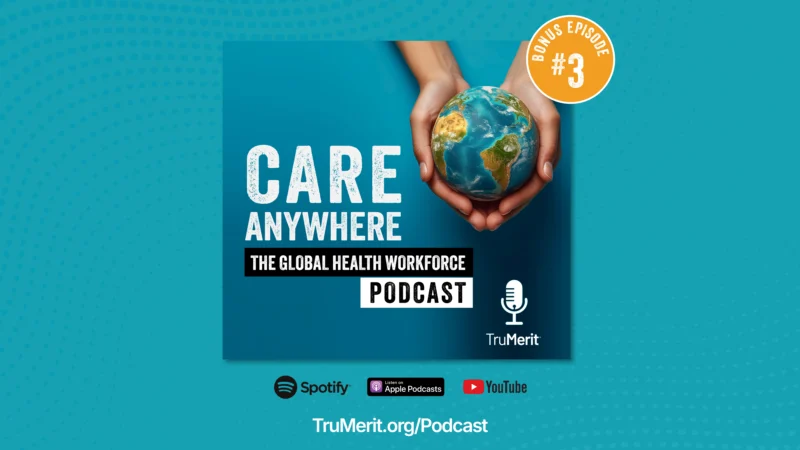Overcoming Challenges in Perioperative Services and SPD Management: Insights from Brian Dawson of CommonSpirit Health
The healthcare sector suffered a major setback due to the COVID-19 pandemic. Providing high-quality services to patients is a priority. However, for healthcare facilities to run properly, managers or directors must make operational and strategic decisions, especially in the perioperative setting. Efficient operating room (OR) management involves maintaining equilibrium between optimal OR capacity, allocation of ORs to surgeons, assignment of staff, ordering of materials, and reliable scheduling while according the highest priority to patient safety.
But, what are the challenges in SPD Management and ensuring high-quality perioperative services?
On a recent episode of the Censis Podcast, host Michelle Mooney sat down with Brian Dawson, the System VP of Perioperative Services for CommonSpirit Health, to discuss the challenges in measuring productivity in the perioperative setting and SPD.
Measuring productivity in the OR is totally different from the sterile processing department. AAMI, the body governing SPDs, has developed a chart indicating the average time required to perform various tasks. Tasks are categorized into four levels. With this information, Censis can monitor the tasks done in SPD to determine the number of staff required based on workload.
Michelle Mooney and Brian Dawson discussed:
- How to measure productivity in the OR and sterile processing departments and its benefits to leaders
- Challenges with staffing
- The role of Censis in data collection
“Most facilities like CommonSpirit Health measure OR productivity through minutes of service- how many minutes do patients spend in the OR and how many people are required to care for them. Then based on that, we can look at how many minutes were used in the OR, how many staffs were required, then we can determine if it is balanced, over, or under productivity. The big picture is to have a comprehensive data sharing which allows for proper assignment, division, and utilization of staff,” explained Brian Dawson
Final words to other healthcare facilities that need a tool to measure productivity: find a tool that suits your procedural area so you can capitalize on the asset you have to generate revenue.
Brian Dawson is the System VP of Perioperative Services at CommonSpirit Health. He received his Bachelor of Science-Nursing degree from American University and a Master’s of Science-Nursing and Health Care Administration degree from Old Dominion University. He has worked for over 28 years as a nurse.








